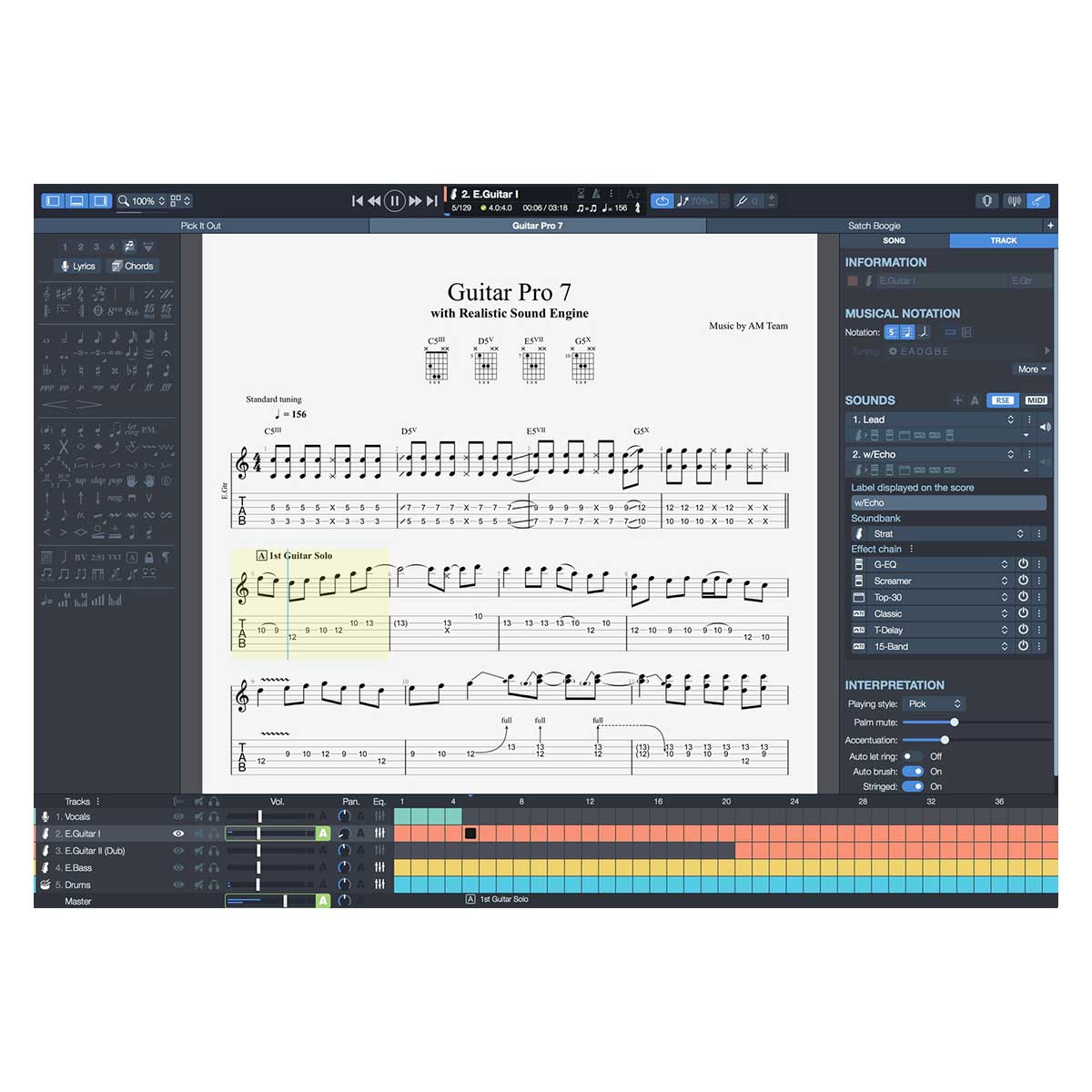

Now we have reached the threshold beyond which the heart of the symphony lies. At its conclusion the strings enter, and we seem to be moving gradually and inexorably into the landscape of the music until we come to the vista presented by a great tolling of the brass and the announcement of a jagged syncopated theme on the strings. The theme we hear at this point is soon elaborated into a woodwind cadenza. The symphony begins quietly on horns and timpani. In 1916 he joined the first two of the original four movements together, and he made further revisions before it was published in 1919. It was a jubilant event, treated almost as a national holiday, but Sibelius was unhappy with the work and revised it twice. Sibelius himself conducted the symphony’s first performance, at a concert given on 8 December 1915 to mark his 50th birthday.

To earn some regular income he wrote a great number of salon pieces for domestic performance, and had little time for other composing the Fifth Symphony is his only major work of the war years. The Great War had broken out and, as a result, Sibelius had lost access to the revenue from his German publishers, Breitkopf and Härtel.

He wrote the Fifth, one of the most popular of all his works, at a time of great personal difficulty. In Neville Cardus’ memorable description, Sibelius ‘sits alone in the house of music rather away from the hearth and the logs and the company he says little, and sometimes by his taciturnity alone he makes an impression of deep thinking.’ In fact of all the major composers of the last century he was the most solitary, methodical and purposeful in his stylistic development, taking only fitful interest in the work of his contemporaries. An economy of orchestral resource, the building up of musical paragraphs by the development of tiny melodic fragments, the determination to create his own solutions to the problems of harmonic language and symphonic form – these were abiding features of his music from the beginning of his composing life. While the Fifth is light to the Fourth’s darkness, a progression from doubt to belief (Sibelius’ admiration for Bruckner should not be forgotten here), it represents no shift in Sibelius’ compositional principles he was not a man to change his ways so swiftly. (He expressed his admiration for Schoenberg publicly at this time.) But the Fifth Symphony tells us plainly that Sibelius could not adopt another’s solutions to the musical issues he confronted. ‘But it is certainly painful to listen to.’ Yet we know that Schoenberg’s abandonment of tonality continued to fascinate Sibelius, for it suggested a ‘next step’ for his own work after the Fourth Symphony. ‘This is a legitimate and valid way of looking at things, I suppose,’ he wrote in his diary. The work seemed an unlikely sequel to the gentle radiance of the Third (1907), yet its gaze into the abyss gave way, in the Fifth, to one of Sibelius’ most shining, life-affirming creations.Įarly in 1914 he heard Schoenberg’s Chamber Symphony for the first time. The pitiless despair of Sibelius’ Fourth Symphony (1911) puzzled many of its first listeners.


 0 kommentar(er)
0 kommentar(er)
